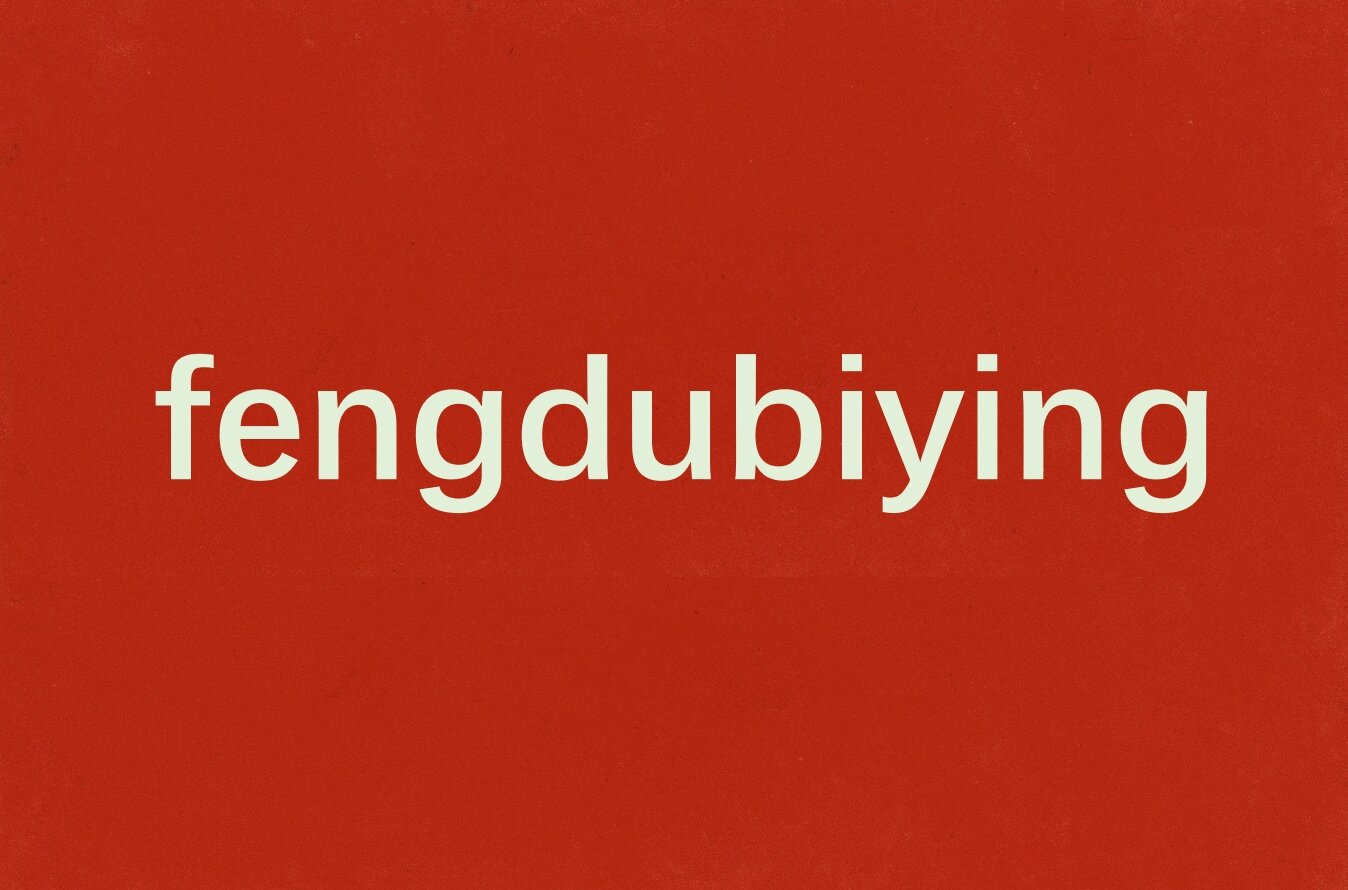Will Celo, which integrates stable currency and public chain, become the next Terra?
Data Sources:
Date: November 2021
Data Sources:Dashboard of Celo Network
On the evening of November 10, the Terra community passed a proposal to burn about 88.7 million LUNA tokens worth about $4.5 billion and mint about $4 million to $5 million UST, which will further promote the development of the Terra project.
Similar to Terra, the Celo protocol launched as a stablecoin + public chain project has also attracted the attention of investors. The public chain currently has more than 1 million wallet addresses.
In order to achieve project launch and network expansion, Celo also uses Terra to build the underlying public chain, and incubates and introduces many DeFi projects to provide financial and business scenarios for its native stable currency.
Introduction to Celo: a public chain focusing on decentralized mobile payment
The project was launched in 2017 and launched on the mainnet in April 2020. Celo is a blockchain-based digital payment company dedicated to lowering the threshold for users to use encrypted financial services, so that people without bank accounts and lack of financial resources can also Be able to transfer money conveniently through mobile devices and use DeFi products freely. Celo has the following characteristics in financial services:
The first company to use stablecoins as a medium of exchange and mobile wallets as a means of payment;
Celo tweaked its proof-of-stake (PoS) blockchain to optimize blocks for phone syncing;
Gas fees on the Celo network can be paid in multiple currencies to accommodate users with multiple assets.
The biggest difference from other blockchains is that Celo’s stablecoin Celo Dollar (cUSD) payments can be sent to people’s phone numbers instead of complicated addresses, and the phone number becomes its cryptocurrency receiving address, which is more convenient to operate and use.
The Celo ecosystem consists of the following key components:
Celo protocol: a proof-of-stake blockchain protocol that uses simple phone numbers and email addresses as public keys;
cUSD (Celo dollar): a USD-pegged stablecoin backed by a reserve of crypto assets;
Celo Developer Wallet: Send, receive and exchange cUSD and CELO test tokens using decentralized phone number verification.
image description
Source: Footprint Analytics
image description
Footprint Analytics: Celo TVL Growth Trends
Celo vs Terra: Stablecoin + public chain ecology based on superimposed mobile-first differentiated strategy
Footprint Analytics is already in"Comparing the advantages and disadvantages of MakerDao and Liquity in the process of stable currency lending in four aspects"In the first article, we analyzed MarkerDao and Liquity, which are also minted through lending agreements to form stable coins. We will also make a comparative analysis of Celo and Terra in this article.
Stable currency mechanism
As far as stablecoin design is concerned, the Celo stabilization mechanism relies on a combination of algorithms and over-collateralized on-chain and cross-chain reserves. It is an algorithmic stablecoin. The Celo protocol acts as a market maker for its stablecoin. The Celo protocol maintains its peg by continuously buying and selling cUSDCelo dollars on exchanges such as Uniswap.
Celo treasury launched with a large amount of reserve assets in order to maintain over-collateralization. If Celo's assets are less than 200% of its liabilities, the system will attempt to recapitalize it by charging transaction fees for Celo transfers.
Stablecoins can maintain the basis of their pegged exchange rates. In addition to their own stablecoin mechanism, another important factor is the prosperity of supply and demand, which requires them to have a wider user network and demand scenarios.
Public Chain Ecology
Like Terra, the Celo protocol is not only a stablecoin protocol, but also builds the underlying public chain, cultivates and introduces a large number of DeFi projects, provides financial scenarios for its own native stablecoin, and realizes the early cold start and expansion of the stablecoin network .
At this point, Celo and Terra are very similar in positioning and playstyle, as reflected in:
They do not directly compete with the Ethereum platform public chain, but start from the "decentralized stable currency". This strategic positioning allows for more focused project resources.
They have gradually evolved from a simple "decentralized stablecoin agreement" to a large-scale financial ecology, and their positioning has also shifted from currency services to an open comprehensive financial platform.
image description
Source: Celo
Compared with Terra, Celo also has its technical characteristics:
CELO supports a variety of ERC20 and other stable currencies.
Allows wallet users to send and receive payments to existing phone contacts.
Users can pay transaction fees in stablecoins without having to manage balances in multiple currencies.
It has programmable EVM compatibility and has powerful tool support.
CELO Token Performance: It began to rebound in July and maintained an upward trend
image description
Footprint Analytics: CELO Prices Rebound in H2, Growth Continues
The price of CELO has a very strong correlation with ecological activities and planned releases:
① In February 2021, Celo sold platform tokens to raise another 20 million US dollars;
② In February 2021, launch Valora, the first peer-to-peer mobile payment application based on the Celo platform;
③ In February 2021, the blockchain index project The graph announced the integration of Celo;
④ In April 2021, Deutsche Telekom joined the Prosperity Alliance and purchased CELO to become a verification node;
⑤ In April 2021, Optics, a cross-chain communication mechanism, will be launched to support cross-chain and interaction between Celo and other types of assets;
⑥ In August 2021, launch the DeFi for the people project, providing more than 100 million US dollars of funds for publicity, qualifications and incentives;
⑦ In September 2021, Optics V1, a cross-chain communication protocol, will be launched;
⑧ In October 2021, Sushi will be deployed to Celo, and the two parties will launch a $12.6 million liquidity mining plan.
In its CELO price forecast, DigitalCoin predicts an average CELO price of $11.73 by 2022, up from $9.76 in 2021. The average price is expected to be $20.83 in 2025 and $29.64 in 2028.
We will continue to pay attention to whether Celo tokens can maintain their interests and achieve price predictions in the future.
Footprint Analytics is a one-stop visual blockchain data analysis platform. Footprint assisted in solving the problem of data cleaning and integration on the chain, allowing users to enjoy a zero-threshold blockchain data analysis experience for free. Provide more than a thousand tabulation templates and a drag-and-drop drawing experience, anyone can create their own personalized data chart within 10 seconds, easily gain insight into the data on the chain, and understand the story behind the data.
About Footprint Analytics
Footprint Analytics is a one-stop visual blockchain data analysis platform. Footprint assisted in solving the problem of data cleaning and integration on the chain, allowing users to enjoy a zero-threshold blockchain data analysis experience for free. Provide more than a thousand tabulation templates and a drag-and-drop drawing experience, anyone can create their own personalized data chart within 10 seconds, easily gain insight into the data on the chain, and understand the story behind the data.
Footprint Website: https://www.footprint.network
Discord:https://discord.gg/3HYaR6USM7
Twitter: https://twitter.com/Footprint_DeFi
Telegram: https://t.me/joinchat/4-ocuURAr2thODFh



